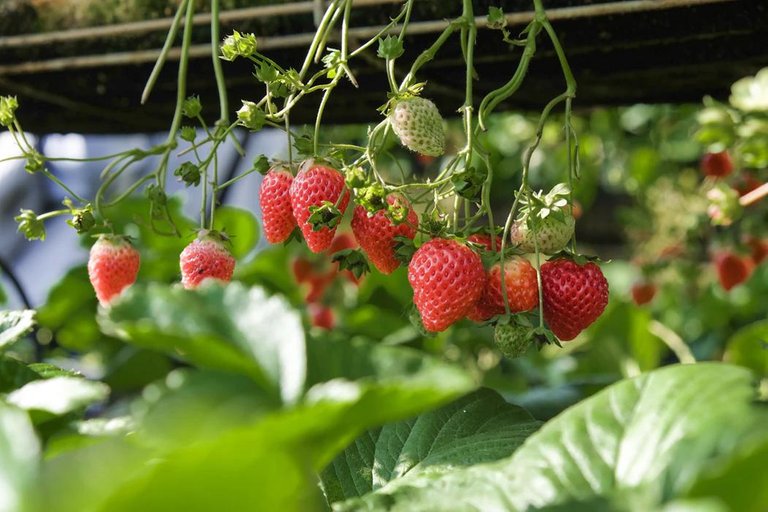In Kenya, strawberries are not a common fruit that you will find on the streets. Most people buy them for home consumption and baking. Companies like Brookside, trufood, zesta, KCC use strawberries to use them when making juices, sauces, jams, yoghurts and other supplies for supermarkets. The most common type of strawberry is that of the Fragaria genus. The Strawberry varieties suitable for growing in Kenya include Chandler, Domanil, pajaro Douglas, Tioga selva, Rabunda, Tri-Star and Tribute. The crop thrives in hot climate and it does badly in frost or extremely low temperatures.

These companies import the fruit because very few people attempt to plant the fruit. Few farmers in Kenya have turned to strawberry production. Those who have tried it have raked great profits because it is not a competitive area of farming. There is great demand for the product and it is very easy to maintain. One just needs to have a fertile farm and plenty of water. It is a good business for serious farmers. The demand is high and therefore the prices are affordable. Strawberries are very easy to maintain and they take 70 days to mature. This is such a short time and they return the initial investments after sale. Most farmers end up making great profits. This will remain for up to 3 years with 2 to 3 harvesting seasons annually. The easiest variety in Kenya is the chandler. These plants need attention and watering from the farmer.

This is a venture with high capital requirement and it needs a lot of attention. A seedling sells for an average of Ksh 20 and this depends on the piece of land. The land can be an eighth of an acre and 2,500 seedlings are required. This means that the total amount of money will be 500,000 shillings. The plants are not good with rain water because it affects the leaves of the plants. Drip irrigation is the best for this option because it does not cause fungal diseases on the leaves of the strawberries. However greenhouses are a great option for the people willing to do this farming. Greenhouses protect the plants from drought and excess rain.
